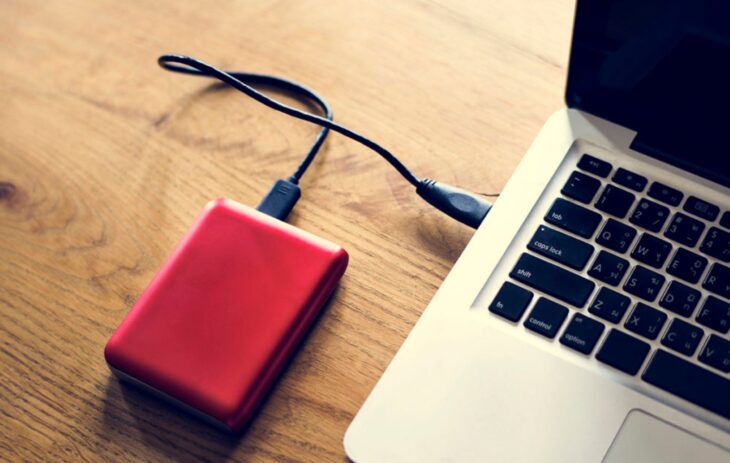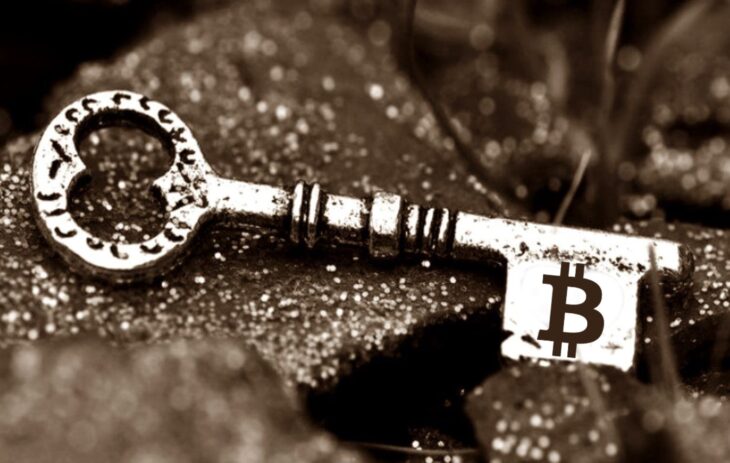In order to successfully participate in bitcoin trading, you need a place to store your cryptocurrency. Just like with fiat money, most people will store their cryptocurrency in a wallet. This is a storage, similar to a traditional wallet but with one exception – it is completely virtual. It is a software with public and private keys, which allow people to send crypto, receive it from others, or simply hold it.
There are many different types of cryptocurrency wallets, but it is easier to classify them into hot and cold ones. A hot wallet is always connected to the internet. This lets you frequently and easily check your balance and receive crypto. On the other hand, you have cold wallets. For example, CEX.IO is offering users cold storage where they can keep cryptocurrency. However, most offline or cold wallets are similar to flash drives in a way, but instead of usual digital information, you store your crypto coins to them.
Both types of wallets can be viable solutions to hold the cryptocurrency. Cold storage is generally more safe and secure, but a little bit less convenient and may do not support as many cryptocurrency assets as a hot wallet does.
However, before you begin to use a wallet, it is best to familiarize yourself with the best practices. This will make sure you choose the right one for your needs and are able to keep your cryptocurrencies safe and secure. Unfortunately, a large portion of Bitcoin and other crypto has been lost over the years due to people not securing their wallet right, losing keys, or falling victim to hacks or theft.
Without any further ado, let’s go over some of the best practices related to digital cryptocurrency wallets.
Contents
1. Read Reviews of Wallets

Source: WittySparks
The first best practice should be done before you ever choose a wallet. We mean research. If you are new to space, it can be overwhelming to make choices as there are many different options, which all claim to be the best for your needs. As a result, it is important to look at online reviews and rankings. There are many resources for comparing one crypto wallet to another.
Reading these resources and reviews will help you to see the benefits and drawbacks of wallets, and what people think about them. They should have the features you want and be a secure place to hold your cryptocurrency. While reviews are important, it is also a good idea to ultimately make the right decision for yourself. Your needs may differ from the needs of any other trader, so take your own preferences into account when deciding on a cryptocurrency wallet.
2. Backup and Encrypt Your Wallet

Source: Zipmex
Another best practice to keep in mind when it comes to cryptocurrency wallets is to backup and encrypt your wallet. No matter how careful you are and how much work you put into securing your wallet, issues can always arise. As a result, it is good to take that extra step and backup your wallet. Backing up your wallet can protect you from either human or mechanical failures, and will let you recover your wallet if something bad happens.
Also, it is a good idea to utilize encryption to protect yourself, too. This helps you make sure that you are the only one who is able to access the wallet and permit the sending of funds. Of course, be sure to use a strong password for encryption, and keep it safe.
In addition to encrypting your wallet, it is also a good idea to encrypt ant backup of your wallet, too. Because these backups are generally kept online, they are at risk of being compromised, and encrypting them can save your money from hackers.
3. Keep Your Keys Safe and Protected

Source: Bitcoin News
Arguably the most important thing when it comes to a cryptocurrency wallet is your private keys. Accessing a wallet without the necessary keys to encrypt and decrypt information isn’t possible in most cases. Simply put, if you will misplace the keys for your wallet, you won’t be able to access it anymore and will lose the crypto.
Consequently, you need to keep your keys in a safe and secure spot, that you will never forget about. This way, you won’t have to worry about losing all your cryptocurrency by mistake.
Consider making backups of your private keys, or keep them in a spot you can easily see or access. However, be sure to keep them secure and make sure you are the only one who has access to those keys.
4. Check and Re-Check When Sending Crypto

Source: CryptoNewsReview
In most cases, cryptocurrency transactions cannot be reversed and once funds are sent, they are gone forever. Because of this, it is incredibly important to double-check that you have entered information for the transaction correctly. A single wrong number or letter can change the transaction completely. Whether it is a very small or very large amount being sent, be sure to double-check everything from the recipient address to the amount that is being sent.
If not, you could find yourself sending a lot more than you expected or might discover that you sent payment to the wrong address. Sure, this person could and send funds back to you, but with everything being anonymous in most cases, the chances of this happening are fairly low. If you want to be certain, you could send a small micro-payment to the address to make sure it is the right one before sending the full amount.
In conclusion, we hope this guide has helped you learn all about cryptocurrency wallets and their best practices. These wallets are an incredibly important tool for all cryptocurrency users and investors, but they need to be used responsibly and with the best security practices in mind.
